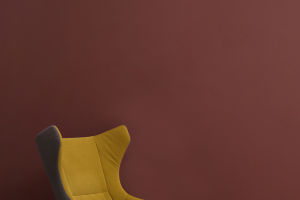Art creation is a long and arduous process, an important part of which is the understanding and use of materials. Only after familiarizing with the characteristics of materials can we better control it and complete the creation of a work of art.
Children like to knead mud, but in the eyes of adults, it may be just some unconscious play, but it is because of this nature that there is a desire to create. Making ceramics also requires some skill.
The first is to practice mud. This step is also very important in the ceramic production process. It is necessary to quarry some porcelain stones in the mining area, break them into blocks with tools, and then grind them into powder. Finally, adjust the mud block with water to remove the impurities. At this time, you can either rub the medicine with your hands, and you cannot use the foot pedal. The impurities must be removed.
Next is painting. Ceramic painting is to use various ceramic materials and techniques to draw, color and fire on the porcelain utensils (fired or blanks) according to people's material and spiritual daily use or furnishings and aesthetic needs. Ceramic painting generally includes on-glaze and under-glaze, as well as in-glaze between the two, and its painting categories include pastel, new color, blue and white, color glaze, comprehensive decoration and so on. In the porcelain glaze pattern, the temperature must reach 700~800 degrees Celsius. Before firing, the color of the porcelain is not bright, after firing, the porcelain will have a dazzling brilliance.
After that, the kiln is fired. The ceramic products are first put into the saggar. The kiln is fired for about a day and a night. Porcelain firing needs to follow a certain process curve and formulate the sintering temperature according to different ceramic formulas. Generally, the sintering temperature of white porcelain is between 1200-1300, and some are slightly higher. Bone china is generally fired twice, with a higher biscuit firing temperature and a lower glaze firing temperature.


